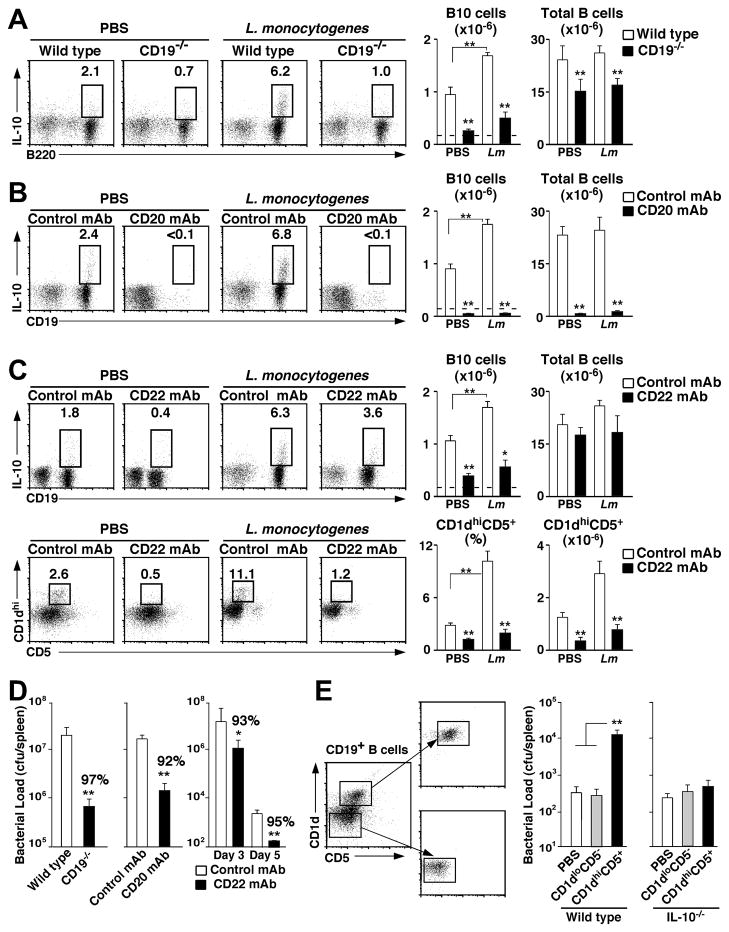Figure 2. B10 cells inhibit Listeria clearance.
Spleen B10 cell numbers in (A) CD19−/− mice, (B) mice given either CD20 or isotype control mAb on d −7 or (C) mice given CD22 or isotype control mAb on d −7 and −1 before Listeria infection or PBS treatment on d 0. Five d later, splenocytes were stimulated ex vivo with LPIM for 5 h before staining for cell surface (A) B220, (B) CD19, or (C) CD19, CD1d, and CD5, and intracellular IL-10 expression. (D) CD19-deficiency, total B cell depletion, and CD22 mAb treatment enhance bacterial clearance. Mice treated as in (A–C) were infected with Listeria on day 0, and the number of bacteria present within their spleens was quantified 3 d (and 5 d, for CD22 mAb) later. Values represent mean (± SEM, n=8) bacterial loads in each set of mice. (E) B10 cells inhibit bacterial clearance through IL-10-dependent mechanisms. Representative fractionation of purified spleen CD19+ B cells from wild type or IL-10−/− mice into CD1dhiCD5+ (B10 cell enriched) or CD1dloCD5− B cell populations by cell sorting. The cells were then adoptively transferred into CD19−/− mice. One d later, the recipient mice were treated with PBS or infected with Listeria. Bar graphs represent mean (± SEM, n=7) spleen bacterial loads 3 d later. (A–E) Significant differences between means are indicated: *; p<0.05; **; p <0.01.

